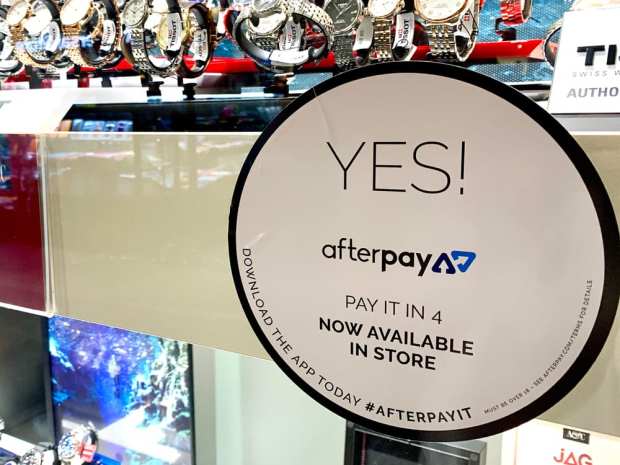Afterpay Expands Into Canada

Afterpay continues on its program of rapidly expanding the reach of its buy-now-pay-later (BNPL) services, this time by moving into the Canadian market. The big picture, the company said, is that “over 55,000 brands and retailers are offering, or in the process of offering, Afterpay to its more than 10 million customers across the world.”
Earlier this week, Afterpay announced it was boosting its European expansion efforts by acquiring the financial technology company (FinTech) Pagantis for minimum of €50 million ($59 million) from NBQ Corp.
Afterpay said it is working with “some of the best fashion, beauty and lifestyle brands and retailers in the market” as it enters the Canadian market. These include American Eagle, Ardene, Dermalogica, Goli, Perfume.com and Roots. The BNPL company said it assisted merchants in processing $11 billion in “underlying sales” in fiscal year 2020, a 112 percent increase over the same period the previous year.
Afterpay gives shoppers the ability to receive products immediately and pay in four installments “over a short period of time.” The company added that “the service is completely free for Canadian customers – helping consumers spend money responsibly, without incurring interest, fees or revolving and extended debt.”
Looking ahead, Afterpay plans to offer Pagantis’ products across Spain, France and Italy under its European brand, Clearpay.
Afterpay, which entered the U.K. market last year, said in a press release this summer that its Clearpay brand now has more than one million active users in that country. Afterpay also offers Clearpay in New Zealand, the U.S. and Australia, where the company is based.
PYMNTS’ July Buy Now, Pay Later Tracker, done in collaboration with Afterpay, concluded that “BNPL solutions are steadily gaining favor in the U.S. … as 30 percent of the nation’s consumers have such accounts. The payment method helps consumers afford big-ticket items as well as essentials like groceries, and financial hardships likely explain why demand for these services has ballooned during the health crisis.”
